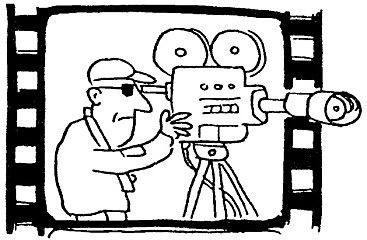Congo for neophytes: An attempt to explain the muddle
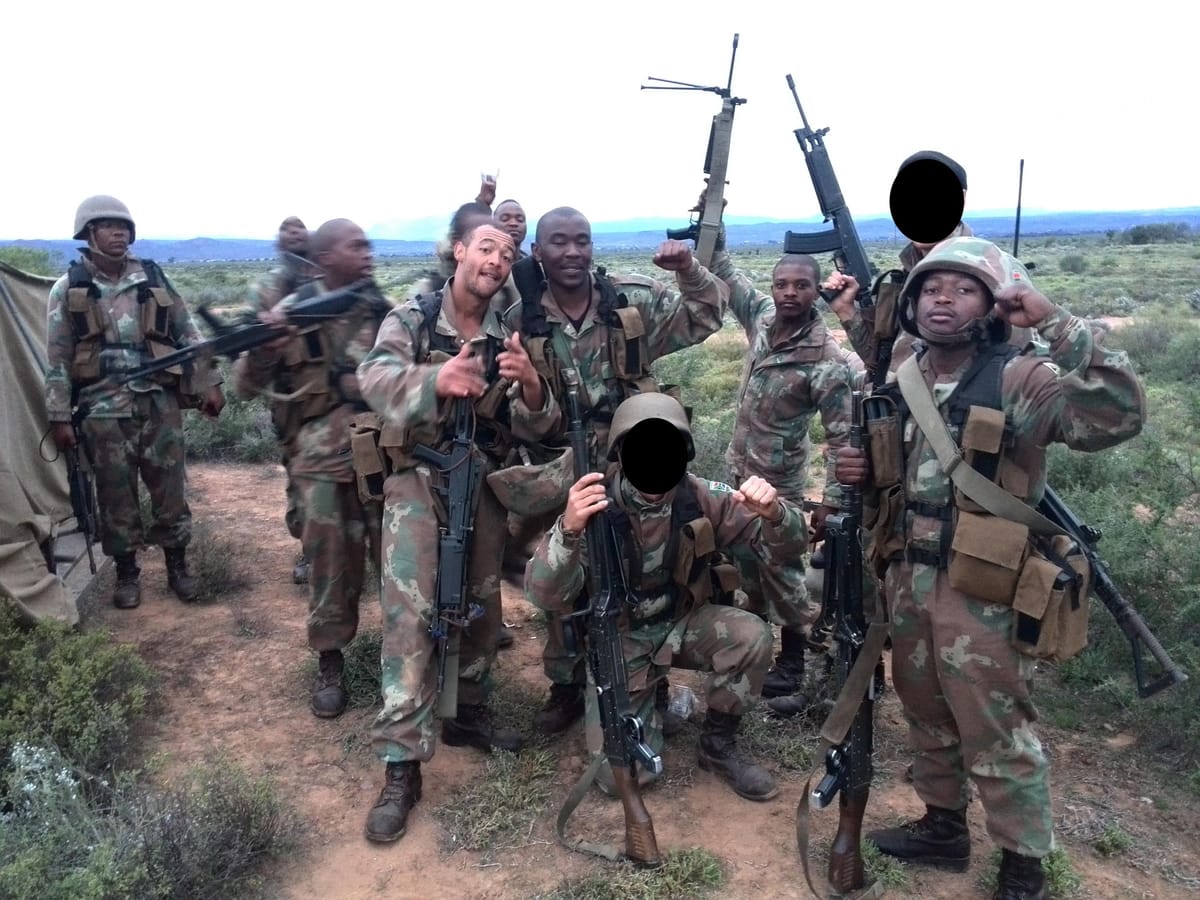
The complexity of events in recent years in the Democratic Republic of the Congo (DRC) is huge and nobody seems to know how this violent debacle will end. While following up on all this one is sometimes confronted with contradictions that pain the limits of one’s imagination. Explaining this to outsiders is becoming more and more difficult. In this on-going discussion historical facts, common reason and intellectual honesty have been pushed aside by expensive propaganda campaigns in which fake news, hate language and violent acts such as attacks on foreign embassies are playing a mayor role. This strategy has worked well for Kinshasa, and the government there feels confident that it will work again but the limits of this cynical approach have been reached. The funny, but also the sad thing is that even though most foreign observers know what is really happening, the narrative of most European governments and the Americans has not changed. What follows is an effort to present a balanced picture so that outsiders who do not know the Congo well can appreciate what is really going on. We do not own the truth. Nobody does! But nobody can deny the facts described here.
Borders
The borders between Rwanda, Burundi, Congo, and the rest of Africa were defined during the Conference of Berlin, held more than 140 years ago when the colonial powers cut up the continent like a big, tasty cake. They didn’t consider the fact that some parts of the previous Rwandan kingdoms or clans were split up between the Congolese side and the Rwandan, Ugandan or Burundian sides. Kinyarwanda was their native language in eastern Congo but they were never respected for what they really were by the rest of the Congolese population. This is one of the most important arguments and facts that contradicts completely the propaganda machine in Kinshasa, which claims that Congolese Tutsi’s and Hutu’s are Rwandan citizens who are occupying Congo. Most of the Congolese Hutu families arrived in Congo in the 1920s, last century. They were brought there by Belgian colonial farmers to work on their lands. But most of the Kinyarwanda population in North and South Kivu are genuine Congolese.
People who dare to question the Kinshasa narrative, which says that these people are not Congolese are attacked and/or put in jail. Patrick Muyaya’s propaganda mill is making so much noise that most of the Congolese have started to believe this fable. For Kinshasa it is necessary to manipulate this fact to prove that the M23 is nothing more than a part of the Rwandan army that moved into their country to loot minerals and to annex the Kivus to their country.
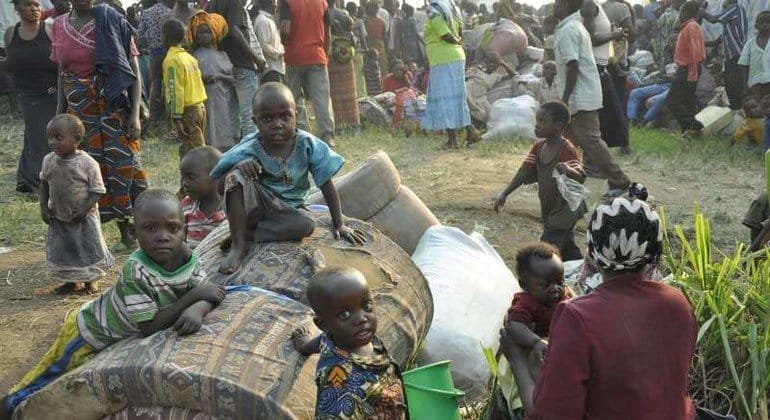
Black sheep
In the same context the entire responsibility of all the misery in the DRC is blamed on the Rwandans who are accused of directing the M23. But is this really the case? Is Kinshasa not simply looking for a scapegoat to cover up all its other problems and convoluted politics?
Rwanda’s involvement in the past is known. It brought Laurent Desire Kabila to power with the support of the international community. Mobuto had been very useful for the Belgians and the Americans as he allowed them to extract minerals out of the country at discount rates. But the guy was getting old and sick, and a lot of his close collaborators had gone AWOL. Things went better for a couple of years with Laurent Kabila but he soon turned against his protector Kagame, mainly because of the fact that the Rwandan president was getting weary with his pupil who was becoming more and more corrupt. Kabila was starting to finance the FDLR to harass and to infiltrate Rwanda, while his close associate Yerodia instigated a Tutsi witch hunt in Kinshasa. This resulted in a Second Congo War. In the meantime, the UN came up with reports of major human rights violations and crimes that were committed during the First Congo War, to drive out Mobutu. Some of the accusations were accurate because that first war had to be improvised on the spot and the Rwandans had slipped a couple of times. But most of the accusations against Rwanda were very weak. The UN published reports that largely whitewashed their own failure to stop the war, the Hutu extremist FDLR had prevented its own refugees from returning to Rwanda and used them as human shields. Other people perished simply because of the poor state of the country itself, a mess that Mobutu created. But the narrative that only Rwanda was to blame gained ground; it started to nourish the theory that Rwanda created a kind of “second genocide” and a lot of foreign media jumped on that bandwagon to criticize the Kagame regime.

Rebellions
The Tutsi population in the Kivu’s never regained their rights during all these conflicts and this resulted in an initial rebellion under the command of Laurent Nkunda who was an officer in the Congolese RCD army and who had fallen out of favor with Kigali as well as with Kinshasa. He withdrew into Masisi with a couple of hundred of his close followers and dug in there. He was able to recruit many local defense forces that were left behind by the Rwandan army, and he was able to expand his territory quickly. As a result, the relationship between Kigali and Kinshasa deteriorated again. These seemingly tangled details are necessary to explain the overall context. Subsequently, Nkunda became a useful operator to contain the FARDC as well as the FDLR, which Kabila was helping to strengthen again. He even organized the repatriation of FDLR families and fighters who were scattered all over Congo and even in Congo-Brazzaville to fight Nkunda’s men. But Nkunda grew so strong that he overpowered the FARDC and the FDLR and became increasingly independent in his decision-making. He openly disagreed on several issues with his Rwandan sponsors who looked at things in a much more pragmatic way and started to dream openly about marching on Kinshasa. So, it was not difficult for the Rwandans to drop him when Rwanda was pressured by the international community to stop helping him. In the end, Laurent Nkunda failed.
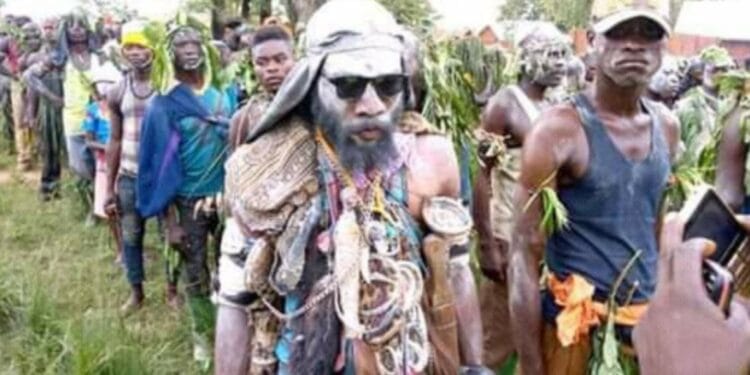
His close collaborators were re-integrated into the FARDC but they were never respected and things that were promised to them were never delivered. This resulted in a second rebellion, led by Sultani Makenga. Makenga and his men walked over the FARDC once again and soon occupied Goma and its environs. Kinshasa cried foul as usual and accused Rwanda of wanting to balkanize the region. The Americans put a lot of pressure on Kigali to drop its support. Deals were concluded in which the M23 movement (Makenga’s outfit) would be re-integrated into the FARDC and in which the more than 80.000 mostly Bagogwe refugees (Congolese Tutsis) in Rwanda would be allowed to return to their villages in Congo. Another important part of this deal was that the UN would put out of action the FDLR as that remained a substantial threat for Rwanda. The M23 withdrew to Uganda and Rwanda without putting up a big fight but the deal was never fully respected. Soon they were perishing in refugee camps and the FDLR in Congo was growing in numbers and able to set up murky deals with the FARDC and the local government. They also became a bigger treat for the Tutsi population in the Kivu’s. At first Makenga and his men set up camp high in the Virunga volcanic range but as the FDLR and the FARDC started to attack them they had to defend themselves and soon started occupying positions in the valley. Bunagana was one of their first objectives.

International community
All of this coincided with the fact that it became very clear that the international community had made a serious mistake to allow Felix Tshisekedi to become the next president of the DRC. Another candidate won those elections, but he was not a good option for the Americans and the Europeans who later decided to put Tshisekedi in pole position. The credentials of the new president were weak: he was a taxi driver in Brussels and had hardly studied at all. He also didn’t know his country of origin very well. He had been able to secure some credit using the name of his father who was a fierce opponent of Mobutu in the old days. Tshisekedi seemed to be a suitable choice for the Americans, the Belgians, and the French: he seemed easy to control and he was open to friendly talks with Rwanda. But Congo would not be Congo to allow this fairy tale going on much longer: the former taxi driver and pizza boy fell into the same trap as Laurent Kabila and went for the cookie jar. It soon became obvious that he was not fit for the job as the mistakes he was making became obvious day after day. And he fell into the same rhetoric as his predecessor Jozeph Kabila (the son of his murdered father) to blame the Rwandans and the M23 group for all the things that went wrong. This background information cannot be ignored but the propagandists in Kinshasa are making so much noise that people tend to forget them.
The war against the M23 went sour for Tshisekedi on all fronts. His army was unable to contain the M23 and soon Tshisekedi had to start relying on the terrorist FDLR groups that were occupying large chunks of North Kivu. The FDLR is listed as a “terrorist organization” internationally. What would international public opinion say if the Ukrainian army started collaborating with certain ISIS groups to drive the Russians out of the Donbas region? But for Congo this consideration was never made: the UN stood by and allowed it to happen. The MONUSCO operation is costing the international community about US$1 billion per year but very soon Tshisekedi started accusing MONUSCO that they were not doing their job. It had backed the SADC force to chase Makenga out of Goma in 2013 but this time the cards have been dealt with differently. MONUSCO is a large enterprise in which hundreds of foreigners receive cushy monthly salaries and in which the foreign troops do not want to die for causes that are not theirs. Most members are in it just for the money.

Kinshasa set up the local population and even street gangs to protest in front of the UN offices in Goma and in Kinshasa. After that they even started flying around FDLR elements who had been receiving Congolese uniforms. The fact that Kinshasa invented a new name for the coalition they made with the extremist FDLR and the nearly as extremist Nyatura militia (Congolese Hutu’s) must have been a present from the sky for MONUSCO. Now these groups received a new name: the so-called “Wazalando”. Apart from this the FARDC distributed thousands of weapons amongst youngsters to fight the evil Tutsis. Many of those are being used, as we speak, to rob and to kill innocent civilians. So instead of tempering the conflict the UN is allowing all this to happen.
After the MONUSCO soldiers refused to become cannon fodder for Tshisekedi, the man pinned his hopes on the East African Community to send in a rapid reaction force to fight the M23. This force consisted of Kenyan, Ugandan and even South Sudanese forces but when it became clear that those were not bending to Tshisekedi’s demands they became a target for organized protests themselves. The EAC insisted on direct talks between the M23 and Kinshasa, but Tshisekedi kept on refusing that. His last option now has become the SADEC, which is sending in troops to Goma to fight the M23. The first signals we receive from Masisi is that they are willing to take on a much more aggressive role in the FARDC – Wazalendo and mercenary coalition and that they are willing to work with the FDLR as well. The M23 does not accept this; they are already surrounding and blocking Goma on all fronts, as well as being now close to blocking the local airport. The SANDF had to send its first body bags to South Africa on February 14 and if one can believe the M23 many more body bags will follow if the SADC does not change its attitude.
M23
The whole war is raging on for one reason: the refusal of Tshisekedi to talk directly to the M23. The demands of the M23 have always been crystal clear: to stop the hostilities, to allow the Masisi refugees to return to Congo to their villages, the neutralize the FDLR (as discussed in 2013), and to accept the Bagogwe Tutsi’s as regular Congolese citizens. They also insist on protecting these returnees against hostile forces. During the last few years, the M23 could not be found guilty of major human rights abuses; Kinshasa tried to blame them for a couple of mass killings but those turned out to be fake. The story that Patrick Muyaya tried to spin about Kishishe was a major hoax. Now Kinshasa is launching a new propaganda campaign to convince the outside world that the Rwandans are killing, looting, and raping Congolese. Data on the ground proves the contrary: FARDC is responsible for most of the rapes, the FARDC and the FDLR are killing most of the innocent civilians, etc.
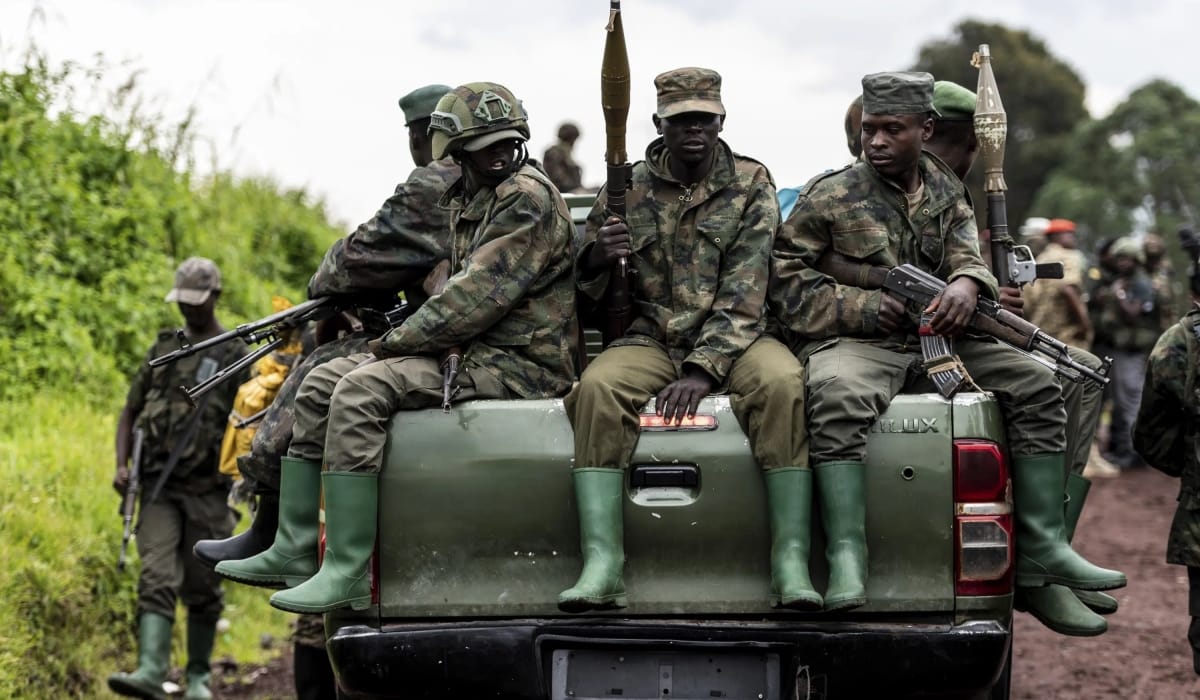
Countries such as Angola who try to mediate in this conflict too often put the cart before the horse by trying to convince Rwanda to negotiate with Tshisekedi. The Rwandans might be involved now because the international community allowed Tshisekedi to prevail in his madness by making the FDLR too strong. Two years ago, the involvement of the RDF in Congo was practically nonexistent but as Tshisekedi continued to demonize the Rwandans and to portray the M23 as a proxy RDF unit, Kagame might have had no other option than to defend Rwanda’s borders. Certainly not when the FDLR is now also infiltrating the Kibira forest that leads to Nyungwe in the south of Rwanda. With the active support of the Burundian army that is already fighting alongside the same FDLR in the DRC.
More than 140 other militias are making life in the DRC a living hell. The M23 is the most correct and the least violent one amongst them. But the government is now incorporating these criminal groups into their own ranks.
Riots
During the last couple of days serious protests broke out in Kinshasa and mobs attacked the UN as well as the American, French, and British embassies. Even the Ivory Coast mission was attacked because Canal Plus refused to show Congolese protestors with big placards saying that Rwanda was committing another genocide in the DRC during a football game between the Congolese national football team and another African country. The Canal Plus representation in Kinshasa was also attacked for this reason. The embassies were attacked for the alleged support those countries were giving to the Rwandan government. There is solid information that those protestors were paid to create havoc, to burn embassy cars and to attack embassies. And yet not one of these countries is accusing the Congolese government of being behind these acts. Most of the intelligence services of these countries also know very well what is happening in the east of the country. But they do not react, and they are simply letting this kettle boil over. The Chinese, the Americans, and the French are de facto looting Congo via lucrative deals to extract minerals. The Angolans are occupying nearly 60% of Congo’s coastal water from which they extract most of the oil Angola is officially exporting abroad. The same goes for the diamonds around Mbuyi Mayi. Accusing Rwanda today of being the largest looter in the DRC would be a heavy distortion of facts. The same goes for the accusation that Rwanda killed millions of people in Congo. Most of the people who died fell victim to the incapacity of their own leaders to run the country in a decent way, undisciplined and criminal militias, and an utterly corrupt and undisciplined national army.
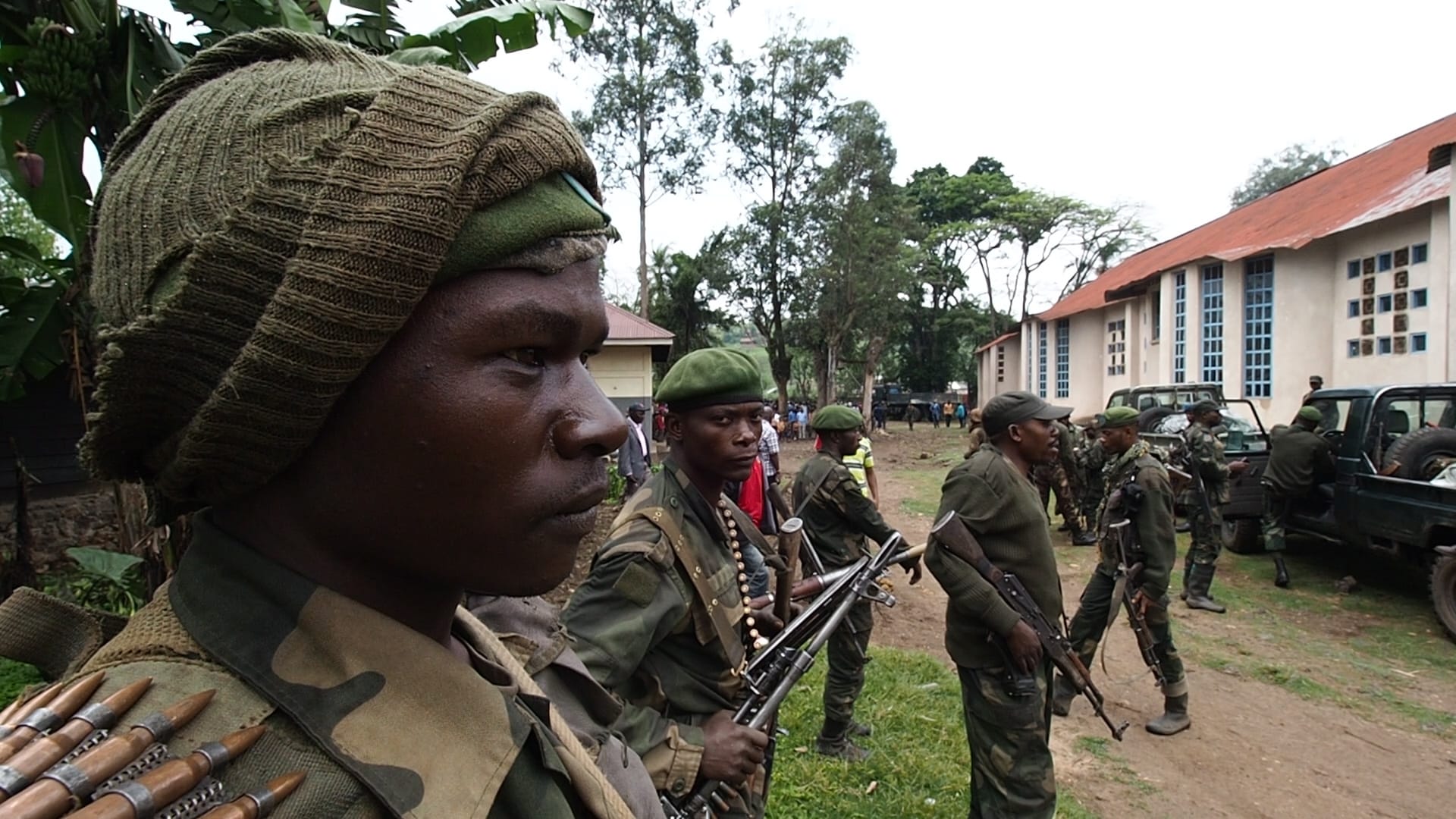
We could add many other facts to this list. But it is clear that the Congolese government is running out of options. The bullying of the foreign embassies in Kinshasa must be interpreted as a sign of weakness and stupidity and the stigmatization of the Tutsis in the DRC can be compared easily with the situation in pre-war Germany; Tshisekedi passed already his stage of the ‘Christal Nacht’ and his propaganda machine is prepping his population for an all-out war. To save itself from a complete military defeat in the east there is only one way out: talk to the rebels and respect the deals the previous government made with them when they willfully withdrew in 2013. The Rwandans are fed up with all these lies. This time they will try to convince M23 to stop fighting but if the border with Rwanda is crossed by Hutu extremists, they will hit back very hard. Public relations wise this whole war in the DRC is a major disaster for Rwanda and many people in Kigali are becoming convinced that they must bring the situation into balance again themselves. “Our intentions have always been clear and open,” said a senior official in Kigali. “We are being accused of big crimes. Tshisekdi is playing with fire. We have had it!”
Adeline Umutoni & Marc Hoogsteyns – Kivu Press Agency.
